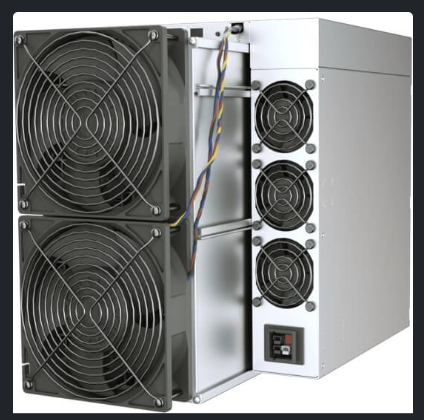The miner operated with a rate of 9 pH/s (petahas per second).
These events occur in isolation, product of the centralization of mining.
A Bitcoin lonely miner found the winning Nance that allowed him to solve the 910440 block, mined on August 17. The finding occurred through the server Solo CKpool and granted him A total reward of more than $ 370,000.
The block registered a rank range between 0.00 and 301 Satoshis by Vbyte (virtual byte). The total raised in transaction commissions reached 0.012 BTC, about $ 1,454 at the market price at that time.
The block subsidy (the fixed reward delivered by the bitcoin protocol for each block resolved) was 3.125 BTC.


As explained by Kon Colivas, main maintenance of Solo Ckpool, the miner worked with a power (hashrate) of 9 petahas per second (pH/s). In his words: “A miner of this size has a 1 in 800 probability to solve a block per day”
A solitary miner that operates with a power of 9 pH/s barely represents 0.00092% Bitcoin’s total hashrate, estimated in 977 eh/s at the close of this article.
Although the proportion seems tin against the computing power of the network, reach It is an infrastructure that is not negligible.
Estimatedly, reaching 9 pH/s would be used to use around 10 Bitmain equipment S21E XP HYD 3U of 860 th/s each.
Those 9 eh/s could also be translated into 39 model units S21 pro of 234 th/s, or even 82 Asic S19 PRO 110 TH/S.


These figures allow to dimension the level of investment and resources required by a lone miner to competeeven in a marginal way, in the Bitcoin network.
Episodes like these highlight the probabilistic characteristics of Bitcoin mining.
Each team competes to find the valid hash that closes a block, and although the probabilities favor those who concentrate greater resources, chance allows individual operators to also have opportunities, even if they are minimal.
Events like this have already occurred in the past and have been reported by cryptootics.
However, they are still exceptional. The reason is the centralization of mining in large pools and industrial farms, which They concentrate most of the computing power And, with this, the chances of solving new blocks on the network.
Thus, from time to time, a lonely miner manages to “take out the lottery.”


